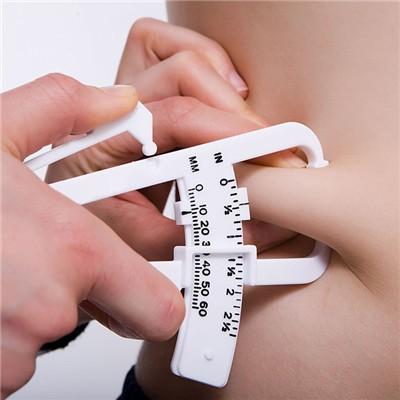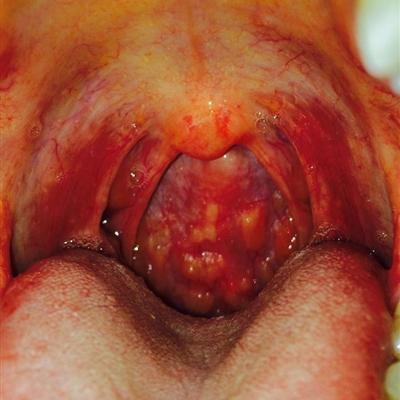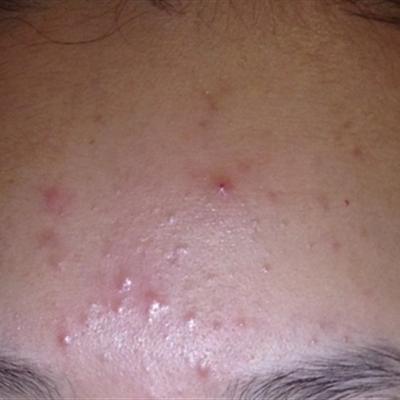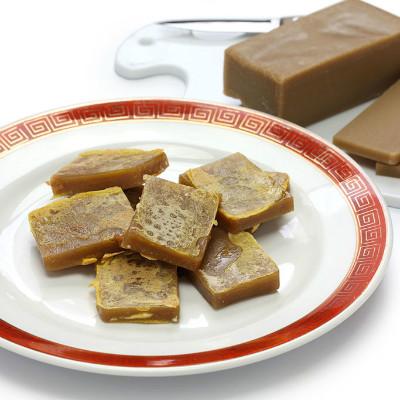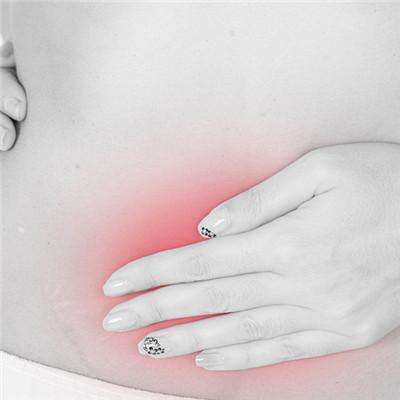What is patellar fracture open reduction and internal fixation?
summary
Patellar fracture is common, often caused by violent contraction or direct impact of quadriceps femoris. Patellar fracture involves articular surface, often accompanied by tear of quadriceps femoris expansion and intra-articular hematoma, which is prone to knee joint dysfunction and traumatic arthritis. The treatment of patellar fracture requires dissection and reduction, firm fixation and early functional exercise, and repair of quadriceps femoris expansion. What is patellar fracture open reduction and internal fixation? Let's talk about it
What is patellar fracture open reduction and internal fixation?
In general, most patellar fractures need to be treated surgically except for those without displacement. The young and middle-aged patellar fractures have transverse fracture and obvious displacement. The size of the two fracture pieces is similar, so open reduction and internal fixation is feasible;

For one large and one small fracture, the small one can be removed and repaired; Other patellar fractures, such as displaced comminuted fractures, displaced elderly patellar fractures and displaced old fractures, can be treated with patellar resection.

If there is life-threatening head, chest or abdominal cavity and other important organ injury, it must be treated first. The treatment of fracture should be taken as a secondary position. Temporary external fixation can be used first, and the fracture can be treated after the condition is stable, or non-surgical treatment can be used to strive for better reduction as far as possible.
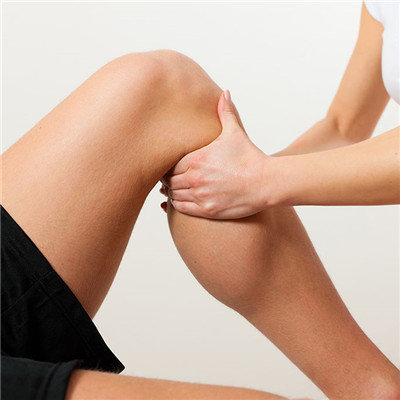
matters needing attention
After the operation, the knee joint was fixed in the extension position with the long leg plaster support, and the injured limb was raised. Ten days later, the stitches were removed and quadriceps femoris was properly exercised. Two weeks later, the crutches were walking without weight. After 4-6 weeks, the external fixation was removed and the knee extension and flexion functions were actively exercised.
